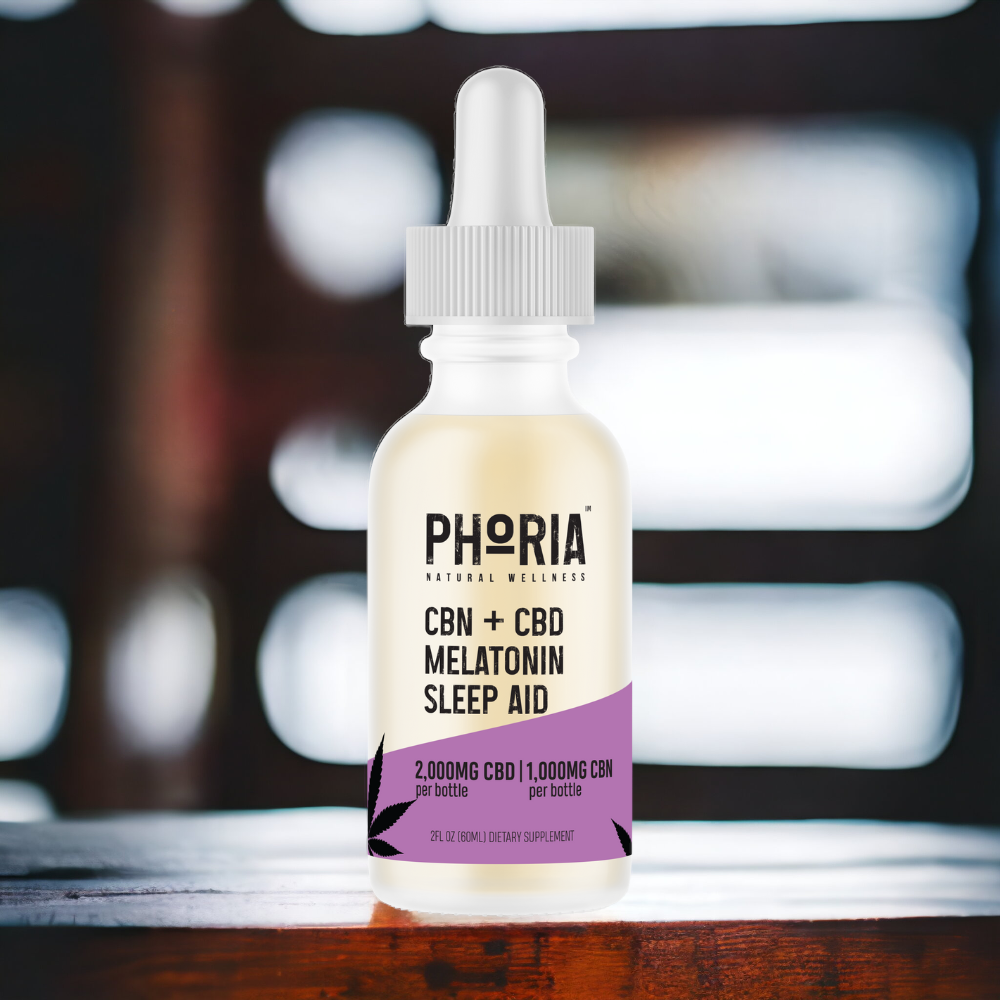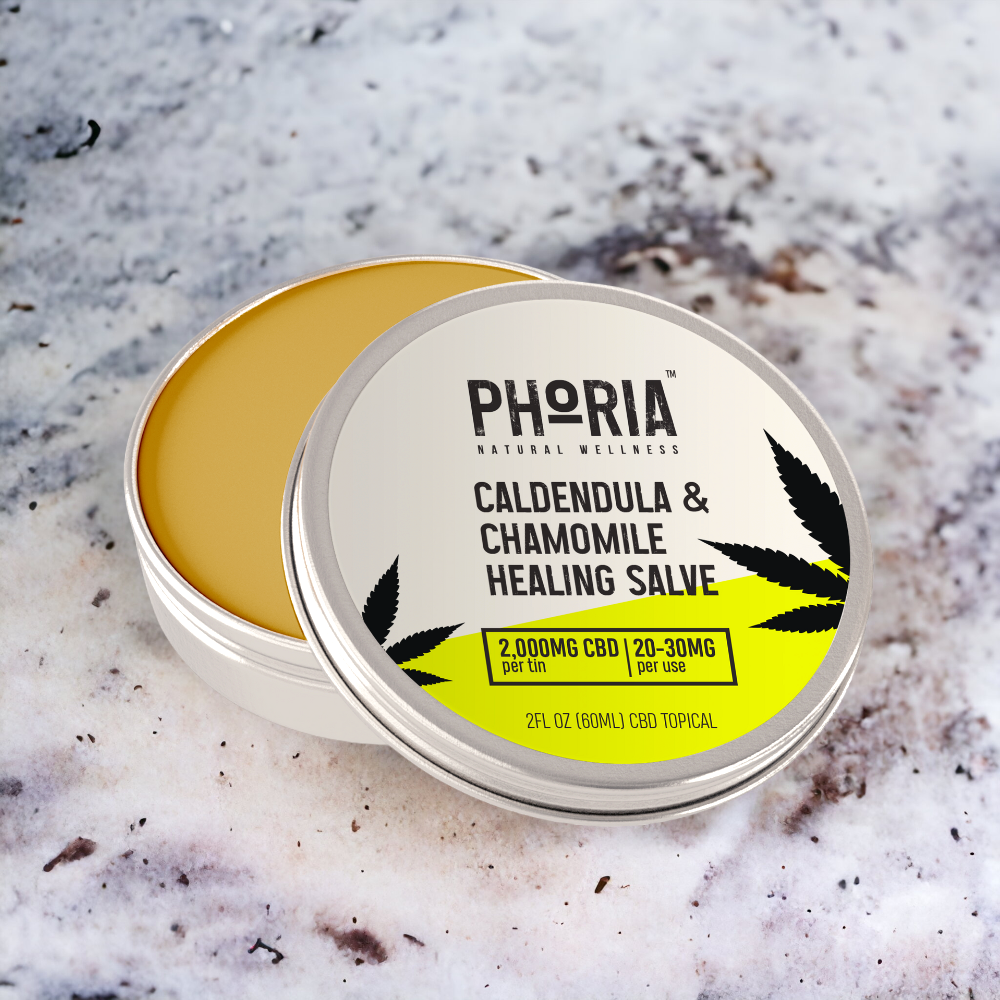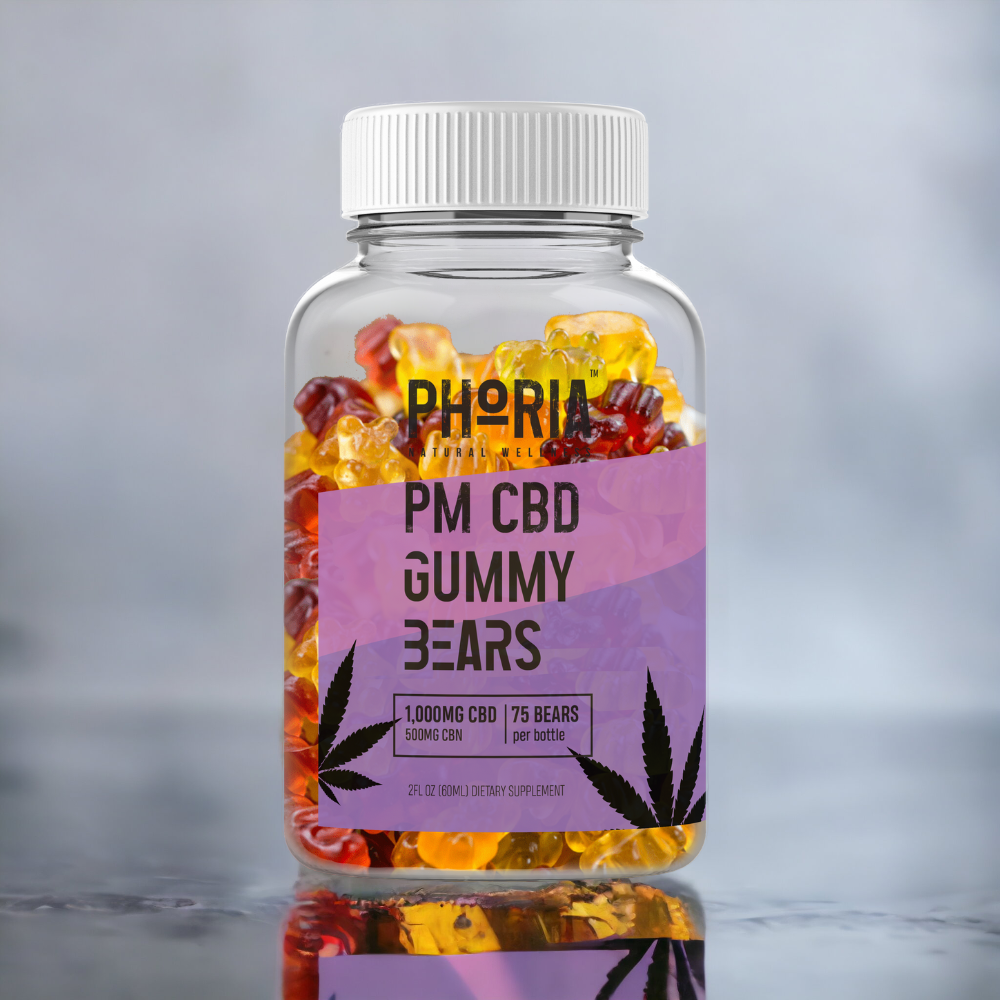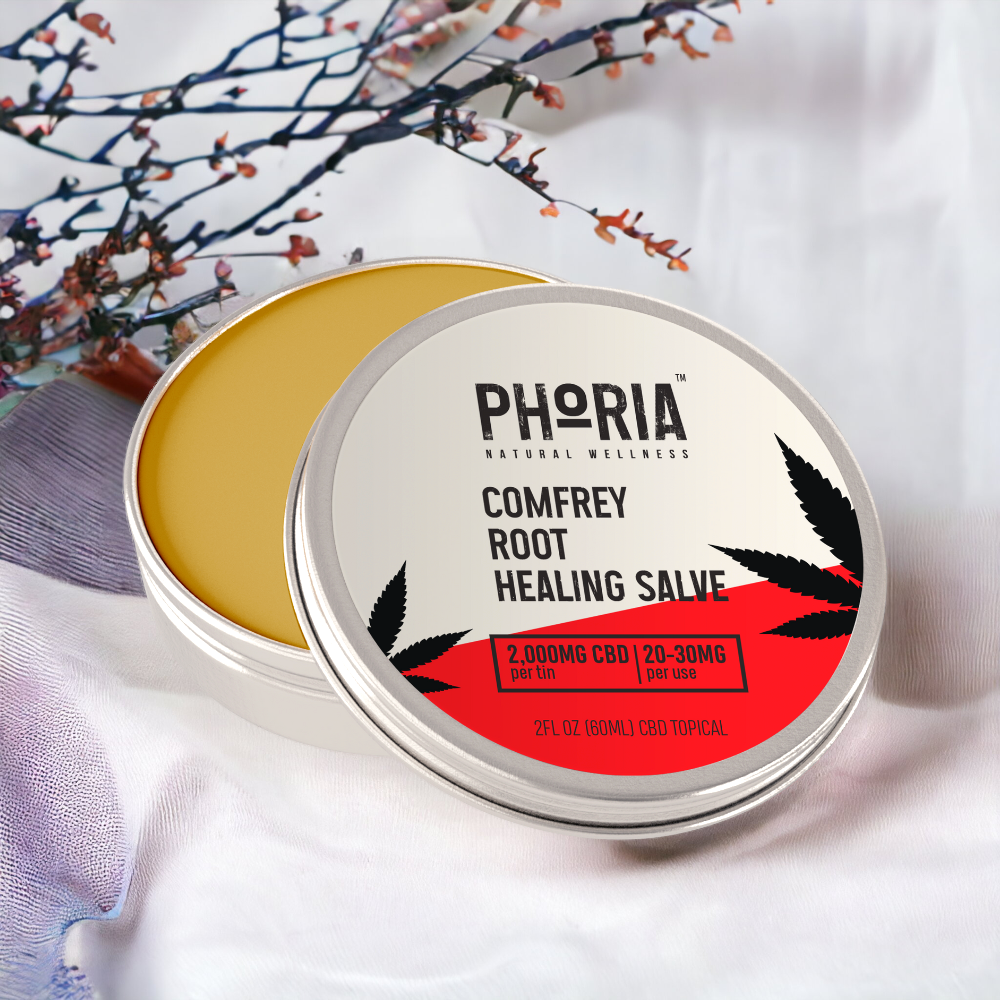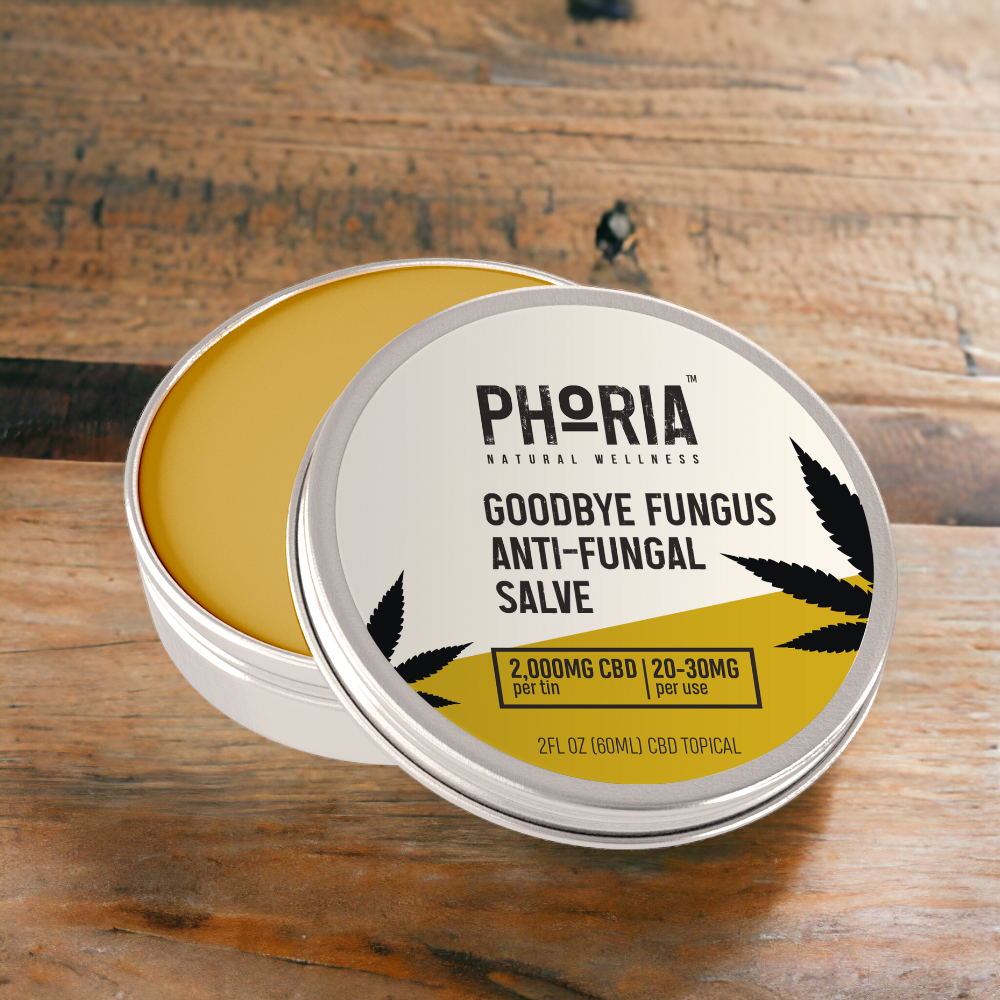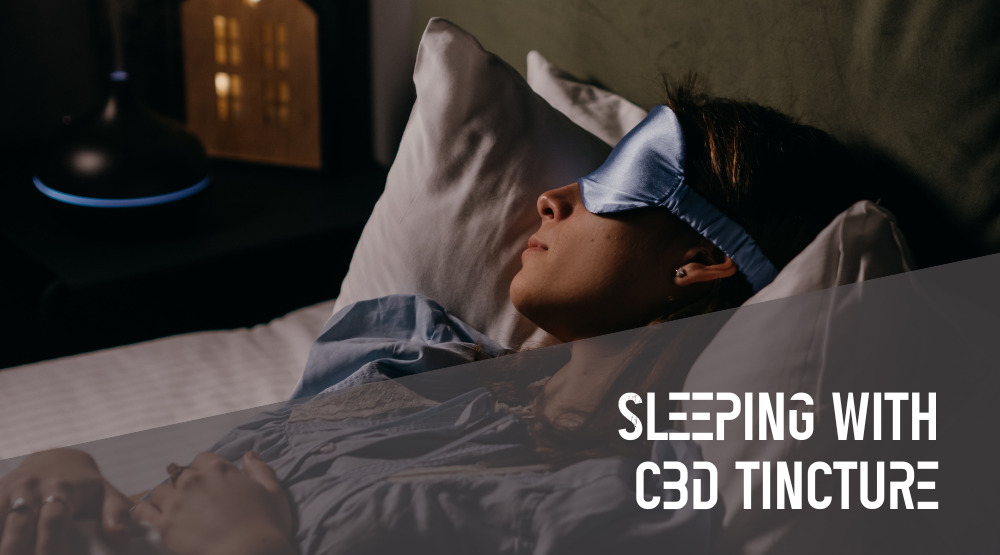What is CBD? A Brief History of the Hemp-Derived Cannabinoid
Cannabidiol (CBD) is a compound found in the cannabis plant that has gained significant attention in recent years for its potential therapeutic benefits.
Unlike tetrahydrocannabinol (THC), the psychoactive compound in cannabis, CBD does not produce a “high” and is generally considered safe and non-addictive.
While CBD has become increasingly popular in recent years, its use dates back thousands of years.
The first recorded use of cannabis for medicinal purposes dates back to ancient China, where it was used to treat a variety of ailments.
In the United States, cannabis was widely used as a medicine in the 19th century, and was even included in the United States Pharmacopeia until 1942.
Today, CBD is primarily derived from the hemp plant, a variety of cannabis that contains less than 0.3% THC.
Hemp-derived CBD is legal in the United States under the 2018 Farm Bill, and is used in a variety of products including oils, tinctures, edibles, and topicals.
While research on the potential benefits of CBD is ongoing, many people use it to help manage symptoms of conditions such as anxiety, chronic pain, and epilepsy.
What is CBD?
Cannabidiol, or CBD, is a compound found in the cannabis plant. It is one of over 100 cannabinoids that have been identified in the plant.
Unlike tetrahydrocannabinol (THC), which is the primary psychoactive compound in cannabis, CBD is non-intoxicating and does not produce a “high.”
CBD can be derived from both hemp and marijuana plants. Hemp is a variety of cannabis that contains no more than 0.3% THC by dry weight, while marijuana typically contains much higher levels of THC.
CBD can be extracted from the plant material using various methods, including CO2 extraction, ethanol extraction, and oil extraction.
There are many different forms of CBD available on the market, including oils, tinctures, capsules, topicals, and edibles.
CBD can also be found in beauty products, such as skincare and haircare products.
Research has shown that CBD has a range of potential therapeutic benefits, including reducing anxiety and depression, relieving pain and inflammation, and improving sleep.
However, more research is needed to fully understand the effects of CBD on the body.
The Endocannabinoid System
The endocannabinoid system (ECS) is a complex cell-signaling system that plays an essential role in regulating various physiological processes, including pain, appetite, mood, and immune function.
The ECS was first discovered in the early 1990s by researchers exploring THC, a well-known cannabinoid found in the cannabis plant.
The ECS consists of three primary components: endocannabinoids, receptors, and enzymes. Endocannabinoids are molecules that our bodies produce naturally.
They are similar in structure to cannabinoids found in the cannabis plant, such as CBD and THC. The two primary endocannabinoids identified so far are anandamide and 2-arachidonoylglycerol (2-AG).
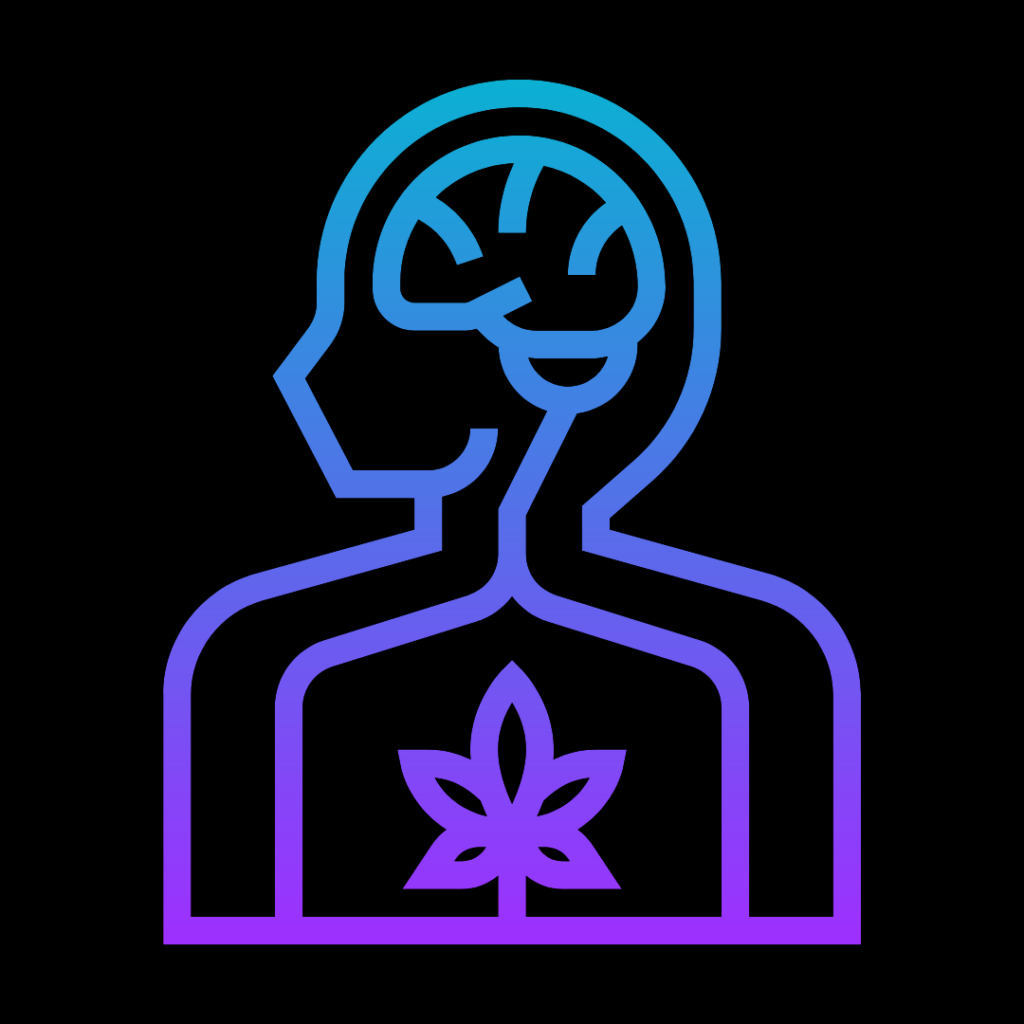
Receptors are proteins that are found on the surface of cells throughout the body. They receive signals from endocannabinoids and cannabinoids, which help to regulate various physiological functions.
There are two primary types of receptors in the ECS: CB1 receptors, which are primarily found in the brain and central nervous system, and CB2 receptors, which are primarily found in the immune system and peripheral tissues.
Enzymes are responsible for breaking down endocannabinoids and cannabinoids after they have fulfilled their function.
There are two primary enzymes in the ECS: fatty acid amide hydrolase (FAAH), which breaks down anandamide, and monoacylglycerol lipase (MAGL), which breaks down 2-AG.
The History of Hemp and CBD
Hemp has been used for thousands of years for various purposes, including textiles, paper, and food.
The plant was first cultivated in China around 2800 BCE and was later introduced to Europe in the 15th century. Hemp was brought to North America in the early 1600s and was widely grown throughout the continent by the 1700s.
In the early 20th century, hemp was still a popular crop in the United States, with farmers growing it for its fiber and oil.
However, in the 1930s, the U.S. government began a campaign to demonize cannabis, which included hemp.
The Marihuana Tax Act of 1937 effectively banned the cultivation of hemp, as well as marijuana, in the United States.
Despite the ban, hemp continued to be grown in other parts of the world, and in recent years, there has been a renewed interest in the plant.
In 2018, the U.S. Congress passed the Agriculture Improvement Act, which removed hemp from the list of controlled substances and made it legal to grow and sell hemp and hemp-derived products, including CBD.
CBD was first isolated from hemp in the 1940s by American chemist Roger Adams. However, it wasn’t until the 1990s that researchers discovered the endocannabinoid system, which is a complex network of receptors and neurotransmitters in the body that interact with cannabinoids like CBD.
This discovery helped to pave the way for the development of CBD-based treatments for a variety of conditions, including epilepsy, anxiety, and chronic pain.
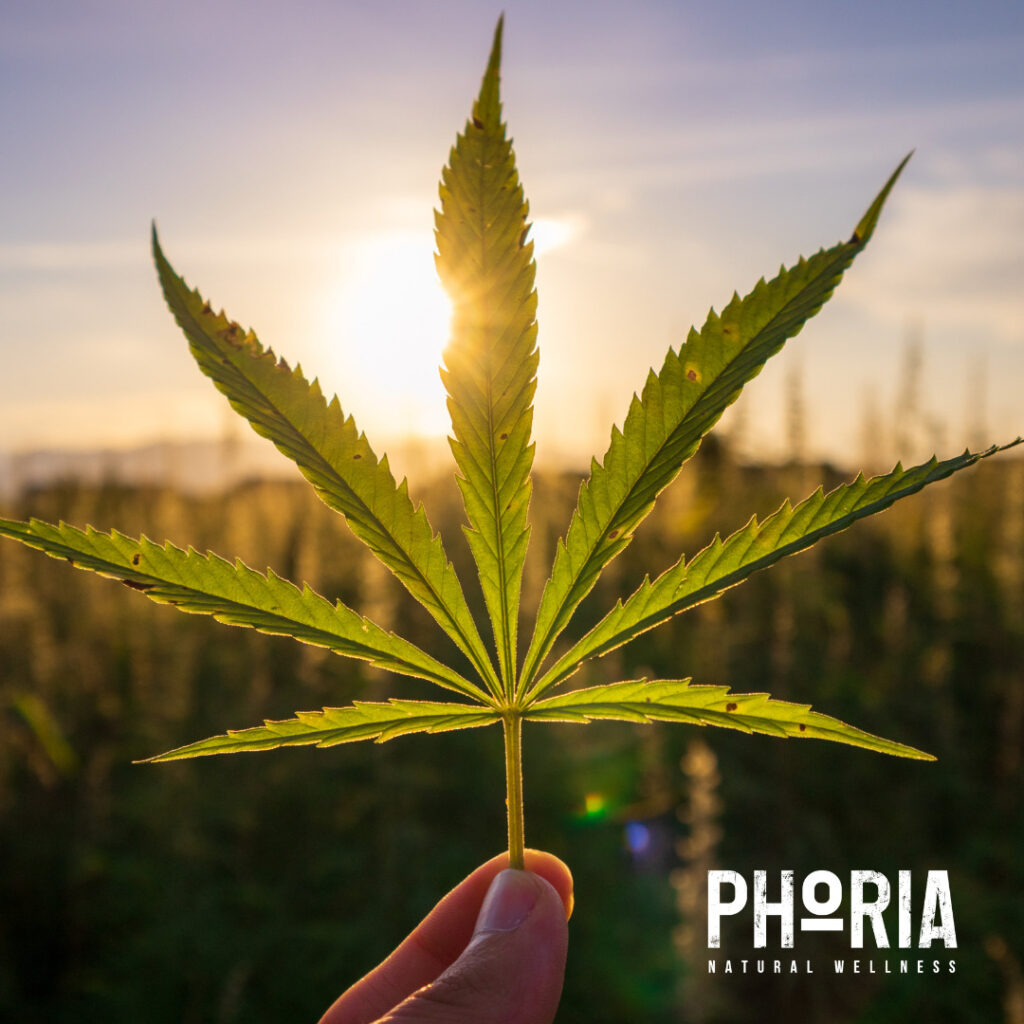
CBD Today
Today, CBD is widely available in many forms, from oils and tinctures to gummies and creams. It has become a popular natural remedy for a variety of ailments, including anxiety, depression, chronic pain, and inflammation.
Although research is still ongoing, many studies have shown promising results for the use of CBD in treating various health conditions. In fact, the FDA has approved a CBD-based drug called Epidiolex for the treatment of seizures associated with two rare forms of epilepsy.
However, it’s important to note that CBD is not a cure-all and should not be used as a replacement for prescribed medication without consulting a healthcare professional.
Additionally, the quality and potency of CBD products can vary greatly, so it’s important to do your research and choose a reputable brand.
Despite the growing popularity of CBD, there is still some confusion and misinformation surrounding it.
One common misconception is that CBD is the same as marijuana and can get you high. However, CBD is non-psychoactive and does not produce the same “high” as THC, the psychoactive compound found in marijuana.
Conclusion
After reviewing the history and properties of CBD, it is clear that this cannabinoid has become increasingly popular in recent years due to its potential health benefits.
CBD is derived from the hemp plant, a cousin of marijuana, and is legal in many countries.
While research on CBD is still ongoing, it has shown promise in treating various conditions such as anxiety, epilepsy, and chronic pain.
However, it is important to note that CBD is not a cure-all and should not be used as a replacement for traditional medical treatments.
Consumers should also be aware of the differences between hemp-derived CBD and marijuana-derived CBD.
Hemp-derived CBD is legal in many countries and contains low levels of THC, while marijuana-derived CBD may contain higher levels of THC and is only legal in certain states or countries.
Overall, CBD has the potential to provide a natural alternative to traditional medications for those suffering from various conditions.
However, more research is needed to fully understand its effects and potential side effects.


